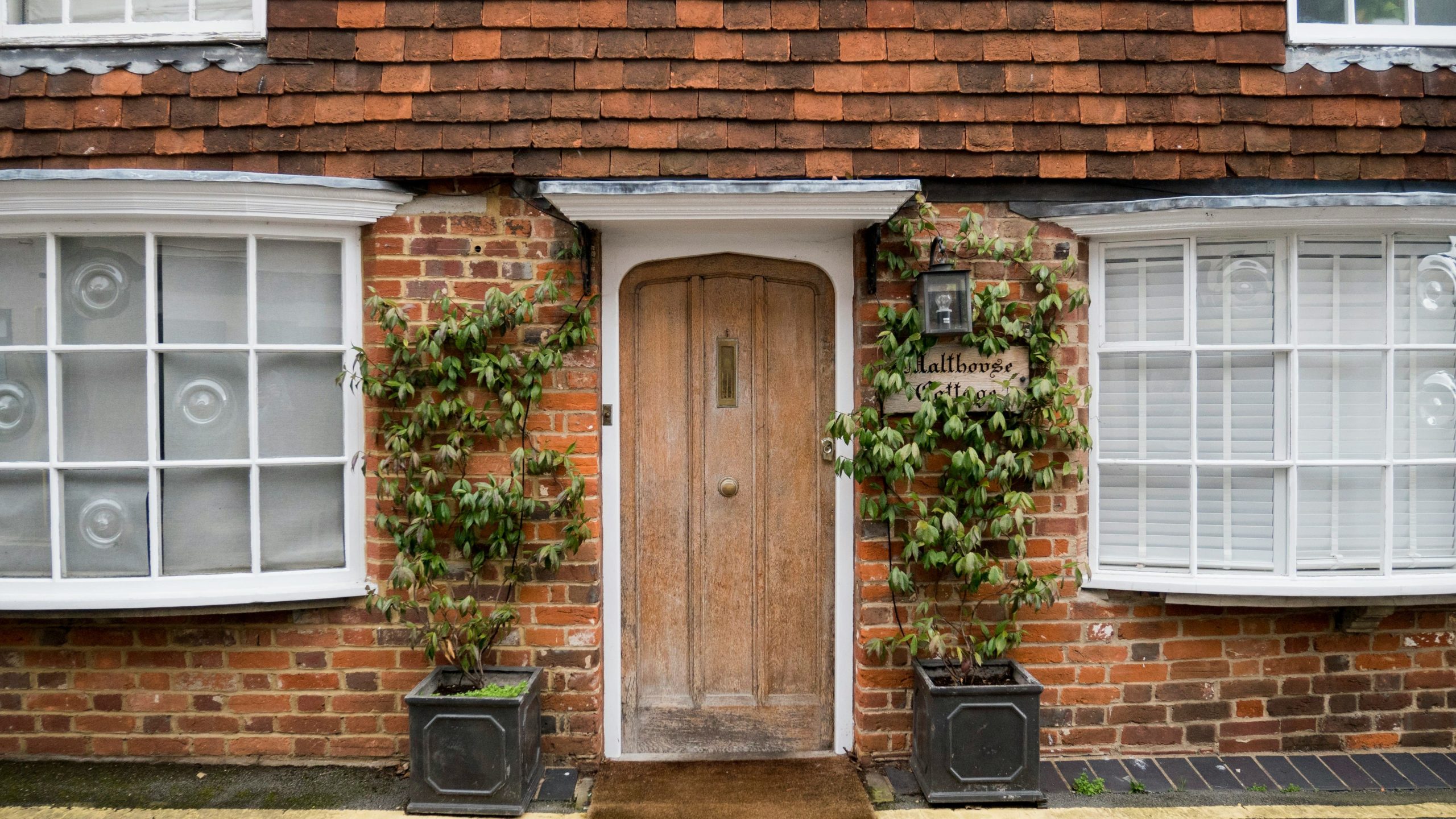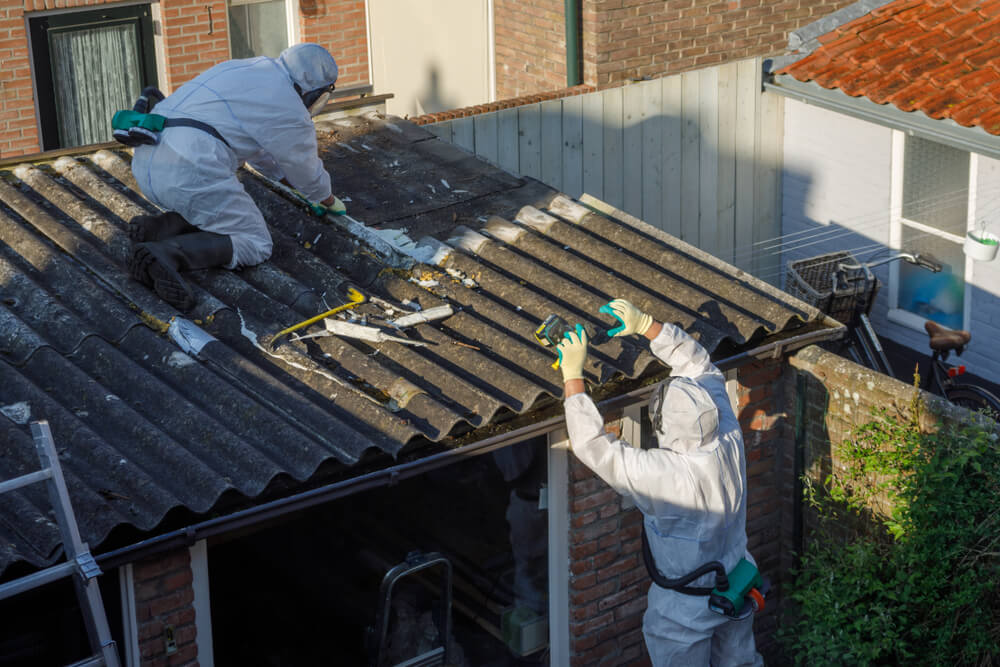
Asbestos in rental properties is a significant concern for many Australians, yet it’s a topic that often goes overlooked.
Whether you’re a tenant or a landlord, understanding the presence of asbestos in rental properties is essential for maintaining a safe and healthy living environment.
This guide aims to provide renters with the necessary knowledge to navigate their rights and responsibilities regarding asbestos-containing materials, helping them identify potential risks and know when to take action.
Asbestos is a naturally occurring mineral that was commonly used in building materials due to its durability, fire resistance, and insulating properties. In Australia, many rental properties built before the 1990s may contain asbestos in areas like roofing, wall panels, floor tiles, and insulation. These asbestos-containing materials are generally safe if they are in good condition and left undisturbed. However, when damaged, they can release tiny asbestos fibres into the air, posing a serious health risk.
Exposure to asbestos fibres over time can lead to severe health issues, including asbestosis, lung cancer, and mesothelioma, an aggressive cancer linked directly to asbestos exposure. It’s important for tenants to know that if they suspect asbestos is present in their rental property, they should avoid activities like drilling, sanding, or disturbing these materials in any way.
If you’re renting a property built before the late 1990s, it’s wise to be aware of where asbestos might be located and to check with your property manager or landlord about any known asbestos in the premises. Knowing this information can help you take necessary precautions and avoid potential exposure.
As a tenant, you have the right to live in a safe and healthy environment. This includes being informed about any asbestos in rental properties. In Australia, landlords and property managers are legally required to ensure the property is in good repair and free from health risks, including asbestos exposure. If asbestos-containing materials are present, they must be in good condition and properly maintained.
If you suspect asbestos in your rental property, it’s important to report it to your landlord or property manager immediately. They are responsible for arranging an inspection and, if necessary, taking steps to remove asbestos or make the area safe. In cases where asbestos poses an immediate risk, tenants may have grounds to request a rent reduction or even terminate the lease if the landlord fails to act.
Specific laws designed to protect tenants vary by state, but they all emphasise the landlord’s responsibility to manage asbestos safely. If you feel your concerns are not being addressed, you can contact your local council or a tenant advocacy service for further advice.
Asbestos can be difficult to identify just by looking, as it’s often mixed with other materials. Common places it may be found include old vinyl flooring, ceiling tiles, roofing sheets, and insulation. If your rental property was built before the 1990s, it may contain asbestos in one or more areas.
Tenants should be cautious if they notice materials that are deteriorating or in poor condition, such as cracked walls or crumbling insulation. These could indicate a higher risk of asbestos exposure. If you suspect the presence of asbestos, avoid disturbing the material and notify your property manager or landlord immediately. They are responsible for arranging a professional inspection to confirm whether asbestos is present and taking any necessary safety measures.
It’s crucial not to handle or try to remove asbestos yourself. Attempting to do so without proper training and equipment can release harmful asbestos fibres, posing a serious health risk. Always rely on a licensed professional to assess and manage any asbestos concerns in your rental property.

If your rental property contains asbestos, it’s important to take precautions to avoid disturbing the material. Asbestos is generally safe when it’s in good condition and left undisturbed. However, certain actions, like drilling into walls, removing old flooring, or even hanging heavy items, can damage asbestos-containing materials and release dangerous asbestos fibres into the air.
To minimise the risk, avoid any DIY repairs or modifications that might affect areas where asbestos could be present. Always check with your landlord or property manager before making any changes to the property. They are responsible for ensuring that asbestos-containing materials remain undamaged and for arranging professional repairs if needed.
If you notice any signs of damage, such as cracked walls, loose tiles, or deteriorating insulation, report them immediately. Prompt action can help prevent asbestos exposure and keep the property safe for you and your family.
If you’re worried about asbestos in your rental property, the first step is to contact your landlord or property manager. Inform them of your concerns and request an inspection if necessary. It’s their responsibility to arrange for a professional assessment and, if asbestos is found, to manage it safely.
Do not attempt to inspect or remove asbestos yourself. Handling asbestos without the proper equipment and expertise can increase the risk of exposure. If you believe that the landlord or property manager is not taking your concerns seriously or the issue is not being addressed, you can reach out to your local council or a tenant advocacy service for further advice.
In extreme cases where asbestos poses an immediate health risk and isn’t being managed, you may have the right to terminate your lease or request a rent reduction until the problem is resolved. It’s always a good idea to seek legal advice before taking any such actions to ensure you understand your rights and options.
If you’re unsure about your rights or need guidance on asbestos in rental properties, there are several resources available to help. Your local council can provide information on asbestos regulations and safety guidelines specific to your area. They can also advise on what to do if you suspect your landlord isn’t complying with their responsibilities.
Tenant advocacy groups are another valuable resource. They offer support and legal advice to renters facing issues with asbestos or any other housing concerns. These organisations can help you understand your rights, guide you on how to communicate with your landlord, and even assist with legal representation if needed.
For specific health concerns related to asbestos exposure, it’s crucial to seek medical advice promptly. Health professionals can provide assessments and recommend the best course of action if you’ve been exposed to asbestos fibres.
Remember, being proactive and informed is key to staying safe in rental properties. Don’t hesitate to reach out to these resources if you need support.
Understanding the risks associated with asbestos in rental properties is crucial for protecting your health and well-being. If you suspect asbestos in your rented premises, don’t hesitate to report it to your landlord or property manager and request a professional inspection. Remember, asbestos is generally safe if it’s in good condition and left undisturbed, but it’s important to take action if you notice any signs of damage.
For renters in Melbourne, Victoria, NSW, or South Australia, if you need professional asbestos removal or advice, Asbestos Australia is here to help. Our experienced team can assess your property and safely remove asbestos-containing materials, ensuring your home remains a safe place to live. Don’t wait until it’s too late—contact Asbestos Australia today for reliable and professional asbestos services.
Posted By: Asbestos Australia Removalist
Leave a Reply